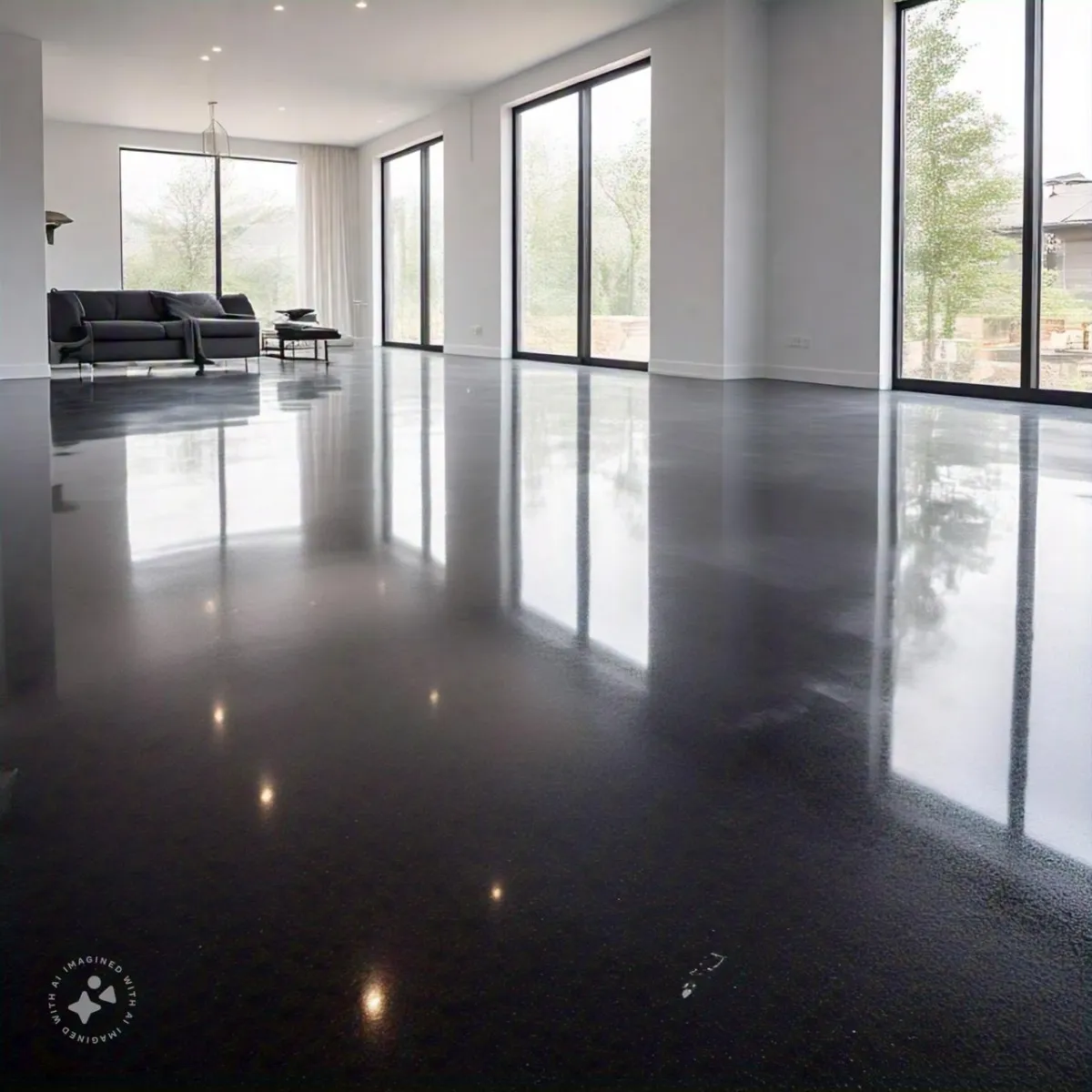
A Step-by-Step Guide to Epoxy Floor Installation in Memphis
A Step-by-Step Guide to Epoxy Floor Installation in Memphis
Epoxy flooring is becoming increasingly popular in Memphis for its durability, aesthetic appeal, and versatility. Whether you're transforming your garage, basement, or even your commercial space, epoxy flooring offers a sleek and practical solution. However, achieving a flawless epoxy floor requires careful preparation and attention to detail during installation. This step-by-step guide will walk you through the process of installing epoxy flooring in Memphis, ensuring a long-lasting and professional finish.
Why Choose Epoxy Flooring for Your Memphis Home?
Before diving into the installation process, it’s important to understand why epoxy flooring is such a popular choice for Memphis residents. Memphis' humid climate and occasional temperature fluctuations can wreak havoc on traditional flooring materials, but epoxy’s moisture resistance and durability make it an ideal option. Additionally, epoxy's seamless surface makes cleaning easy, and its customizable finishes allow you to create a look that matches your personal style.
Step 1: Gather the Necessary Tools and Materials
The first step in any epoxy flooring project is preparation. You’ll need the right tools and materials to ensure a smooth installation process. Here's what you'll need:
Tools
Floor grinder or sander
Vacuum cleaner or shop vac
Paint rollers and brushes
Mixing drill with paddle attachment
Protective gear (gloves, goggles, mask)
Materials
Epoxy resin and hardener
Concrete cleaner or degreaser
Etching solution or acid wash
Primer (if required by your epoxy system)
Optional decorative flakes or metallic pigments
Non-slip additive (if desired)
Step 2: Prepare the Concrete Surface
Epoxy adheres best to clean, smooth concrete. Preparing your floor is arguably the most important step in the process and directly affects the final result.
Clean the Floor Thoroughly
Start by removing all dirt, grease, oil, and stains from the surface. Use a concrete cleaner or degreaser to tackle stubborn spots. In Memphis, humidity can sometimes contribute to mold or mildew on concrete surfaces; ensure these are cleaned thoroughly.
Repair Cracks and Imperfections
Inspect the floor for cracks, chips, or other imperfections. Fill these with a concrete patch or filler and allow them to cure. A smooth surface is essential for proper epoxy adhesion.
Etch the Concrete
Etching opens up the pores of the concrete, allowing the epoxy to bond effectively. You can use an acid wash or an etching solution for this step. Be sure to rinse the floor thoroughly afterward and let it dry completely.
Grind or Sand the Surface
For a truly professional finish, use a floor grinder to smooth out any rough areas. Grinding also helps remove any previous coatings or sealants that might interfere with the epoxy.
Step 3: Test for Moisture
Memphis' humid climate can sometimes cause moisture issues in concrete floors. Moisture can prevent epoxy from curing properly, leading to peeling or bubbling. To test for moisture, tape a plastic sheet to the floor and leave it overnight. If condensation forms under the plastic, you may need to address moisture issues before proceeding, such as by installing a vapor barrier.
Step 4: Apply the Primer
Priming the floor can enhance adhesion and ensure a smooth, even application of the epoxy. Not all epoxy systems require a primer, so check the manufacturer’s instructions.
How to Apply Primer
Mix the primer components according to the instructions.
Use a roller or brush to apply a thin, even coat across the entire surface.
Allow the primer to cure completely before moving on to the next step (typically 24 hours).
Step 5: Mix and Apply the Epoxy
Now comes the exciting part: applying the epoxy. This step requires precision and speed, as epoxy begins to set quickly once mixed.
Mixing the Epoxy
Combine the epoxy resin and hardener in the proportions specified by the manufacturer. Use a mixing drill with a paddle attachment to ensure a thorough blend.
If you’re adding decorative flakes or metallic pigments, incorporate them into the mixture as directed.
Applying the Base Coat
Pour the mixed epoxy onto the floor in small sections. Use a roller or squeegee to spread it evenly, working quickly to avoid overlaps.
Roll the epoxy in multiple directions to ensure a smooth and uniform coat.
Step 6: Add Decorative Elements (Optional)
If you’re using decorative flakes or pigments, now is the time to apply them. Scatter the flakes over the wet epoxy by hand for an even distribution. Be creative but consistent to achieve the desired effect.
Step 7: Apply the Topcoat
Once the base coat has cured (typically 24 hours), it’s time to apply a topcoat. The topcoat provides additional durability and a glossy finish.
Mixing and Applying the Topcoat
Mix the topcoat materials as directed.
Apply a thin, even layer across the surface using a roller or brush.
If you’re adding a non-slip additive, mix it into the topcoat or sprinkle it onto the wet surface.
Step 8: Allow the Epoxy to Cure
Epoxy requires time to cure properly. Avoid walking on the surface for at least 24 hours, and wait 72 hours before placing heavy objects or vehicles on the floor. Curing times may vary depending on the product and Memphis' humidity levels, so check the manufacturer’s guidelines.
Maintenance Tips for Your Epoxy Floor
Once your epoxy floor is installed, proper maintenance will keep it looking and performing its best for years to come. Here are some tips:
Sweep or vacuum regularly to remove dirt and debris.
Mop with a mild cleaner and water to maintain the shine.
Avoid dragging heavy furniture or equipment across the surface to prevent scratches.
Why Hire Professionals for Epoxy Floor Installation in Memphis
While DIY epoxy floor installation is possible, hiring a professional can save time and ensure a flawless finish. Experienced installers understand the nuances of Memphis' climate and can address issues like moisture or uneven concrete. Plus, professionals have access to high-quality materials and equipment that can enhance the longevity of your epoxy floor.
Conclusion
Installing epoxy flooring in Memphis is a rewarding project that can transform your space into a durable, stylish, and low-maintenance environment. By following this step-by-step guide, you can achieve professional-quality results that will last for years to come.
If you're considering epoxy flooring for your home or business, don't hesitate to reach out to local experts for advice or assistance. Whether you choose to tackle the project yourself or hire a professional, epoxy flooring is a smart investment that enhances the value and functionality of your property.
